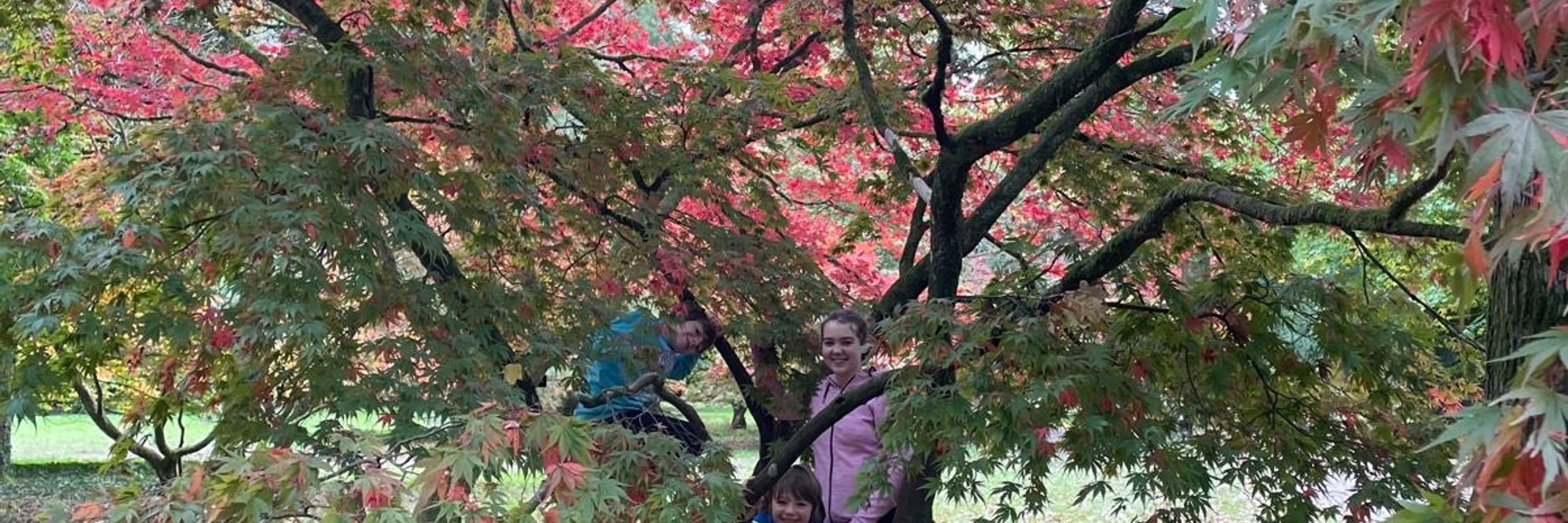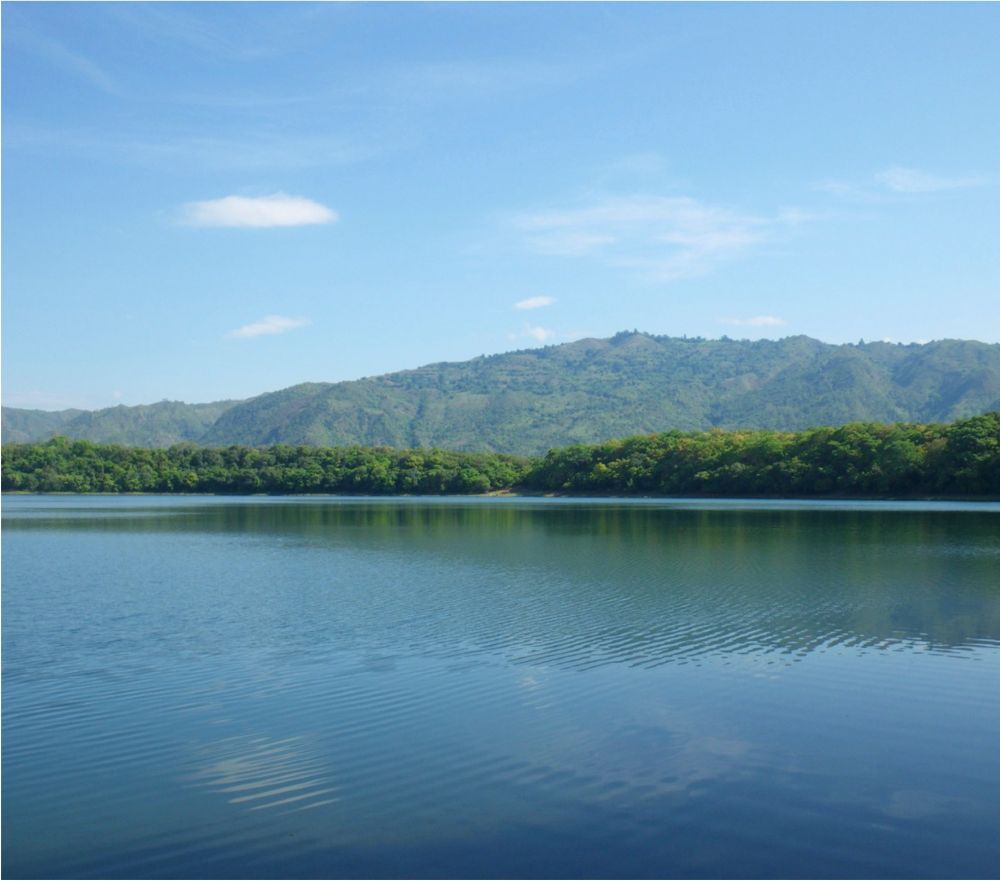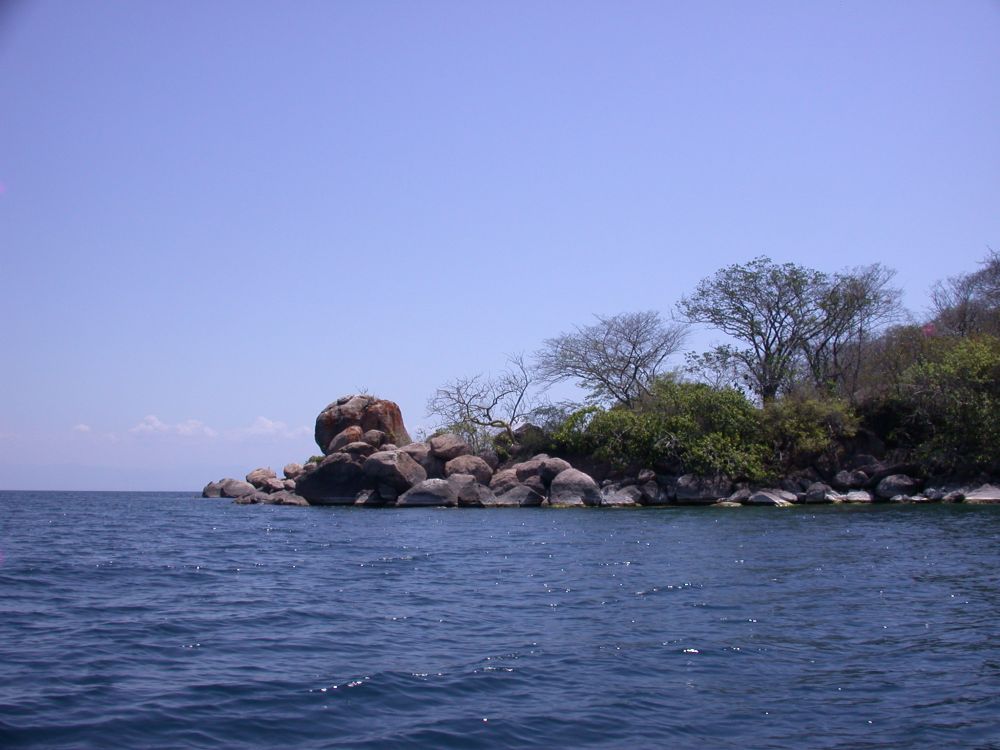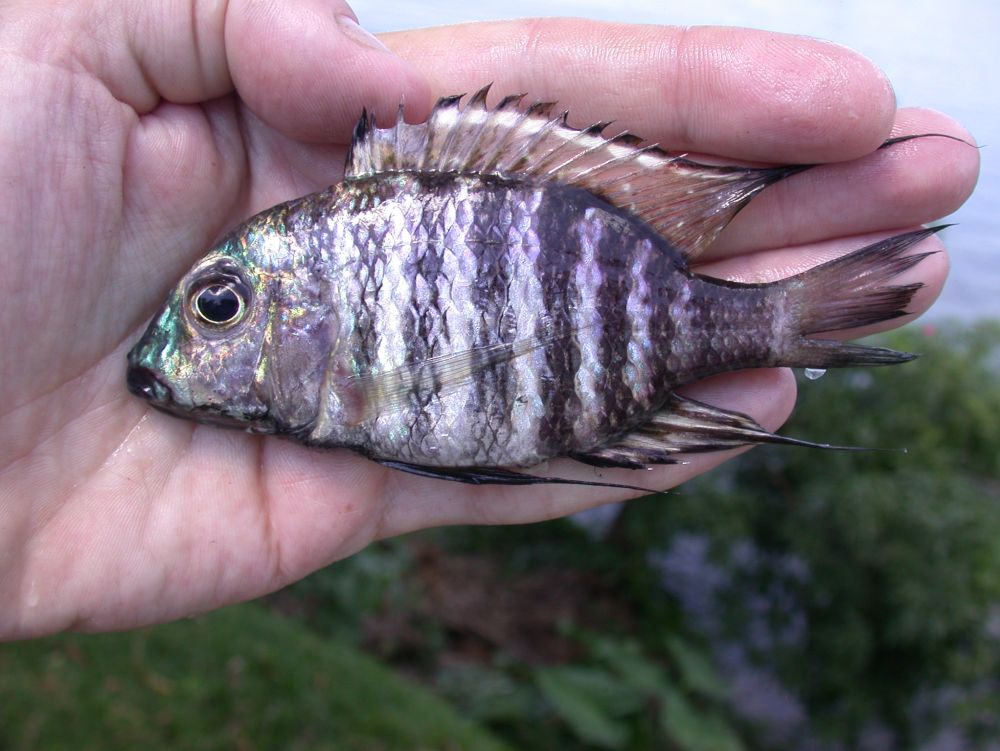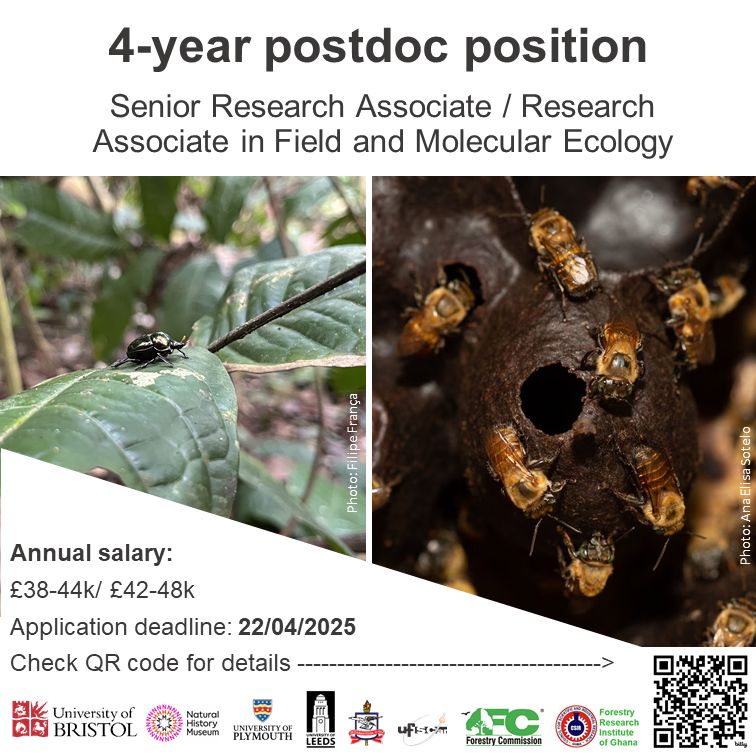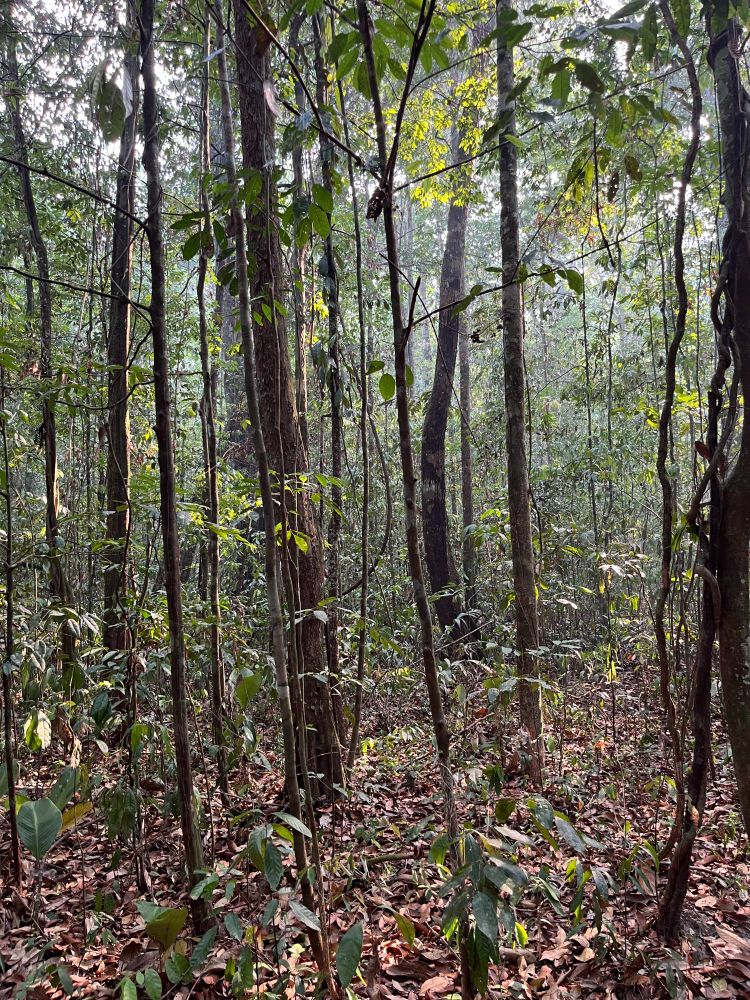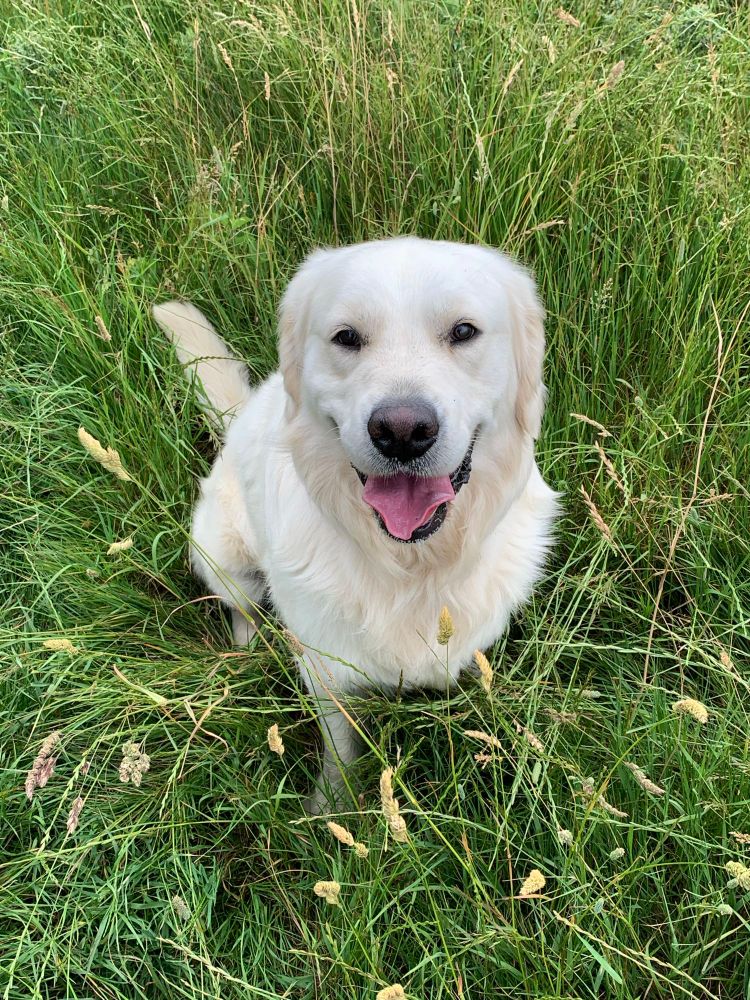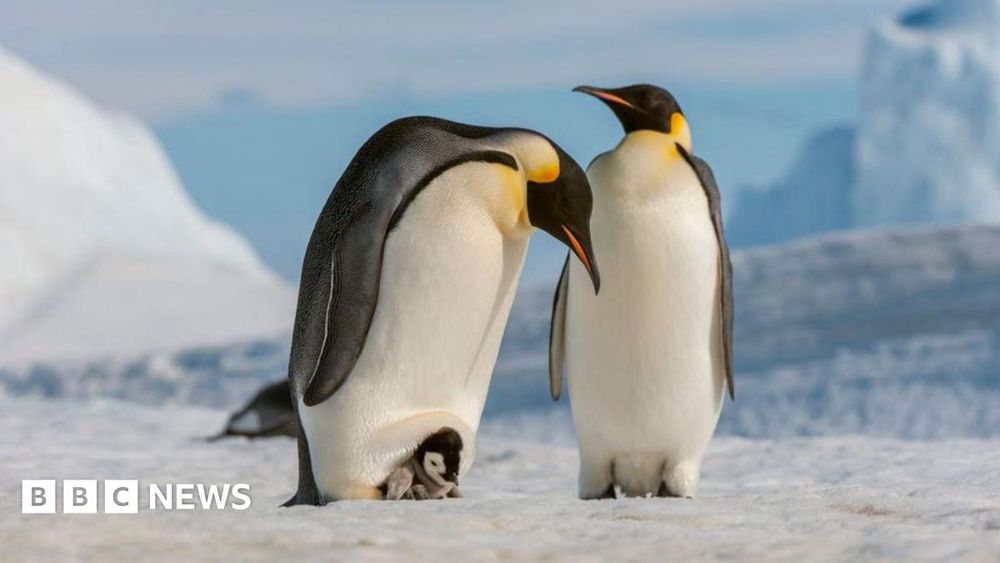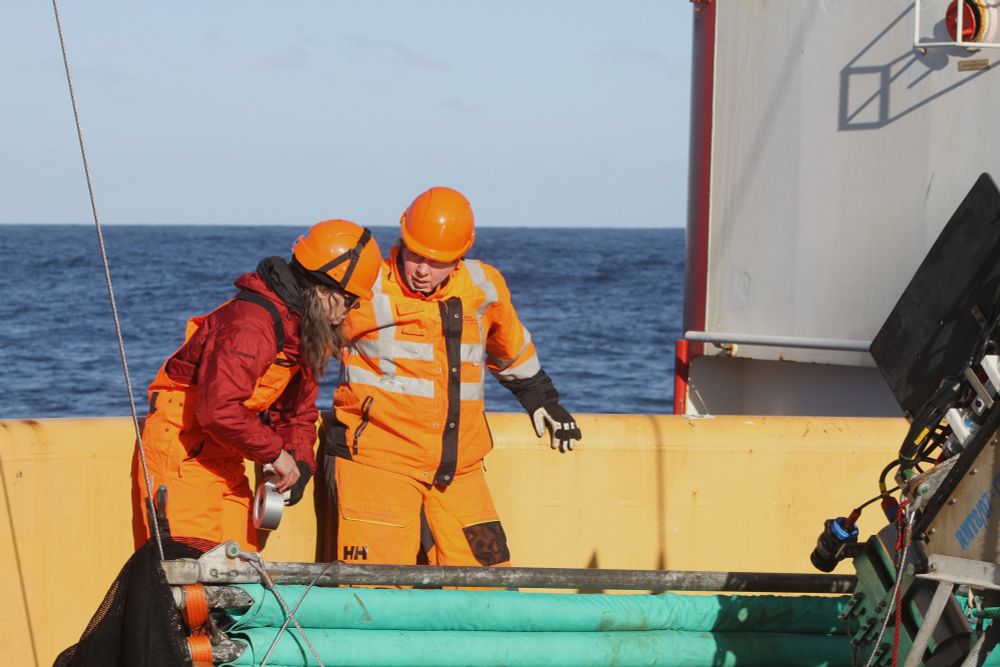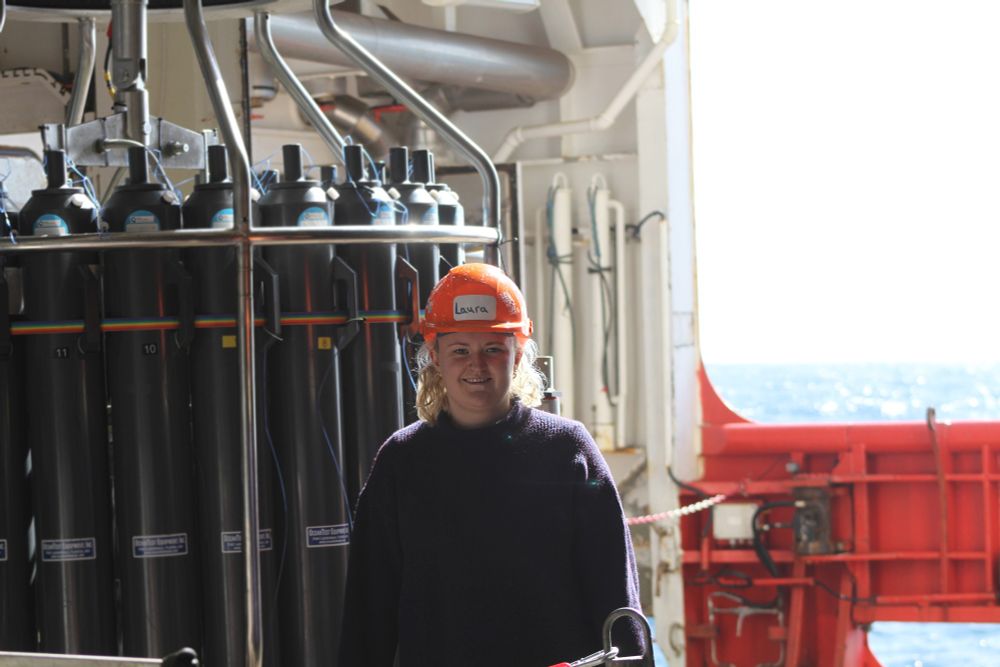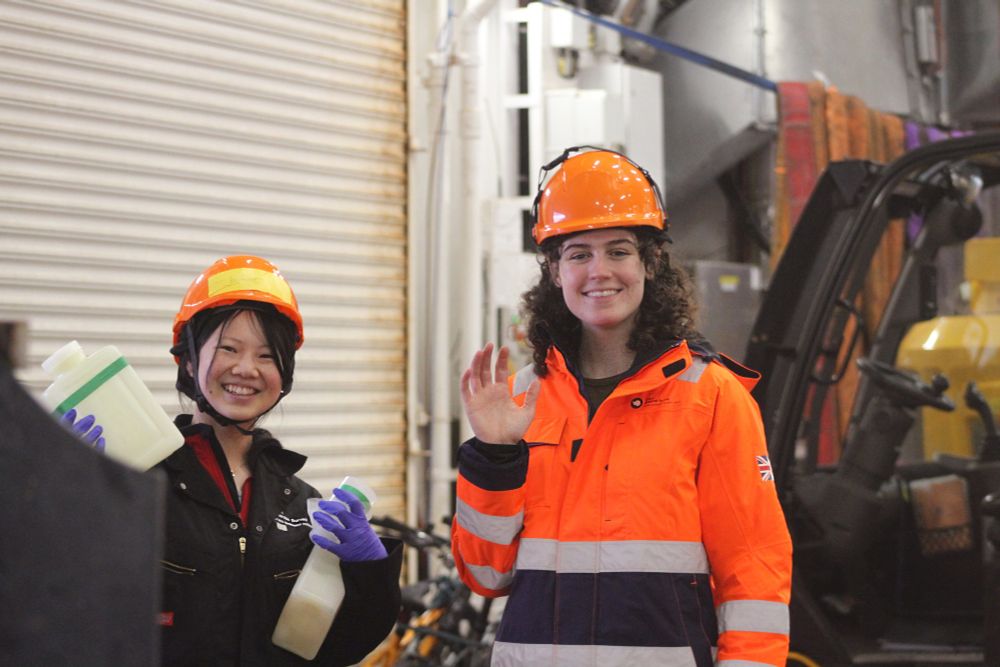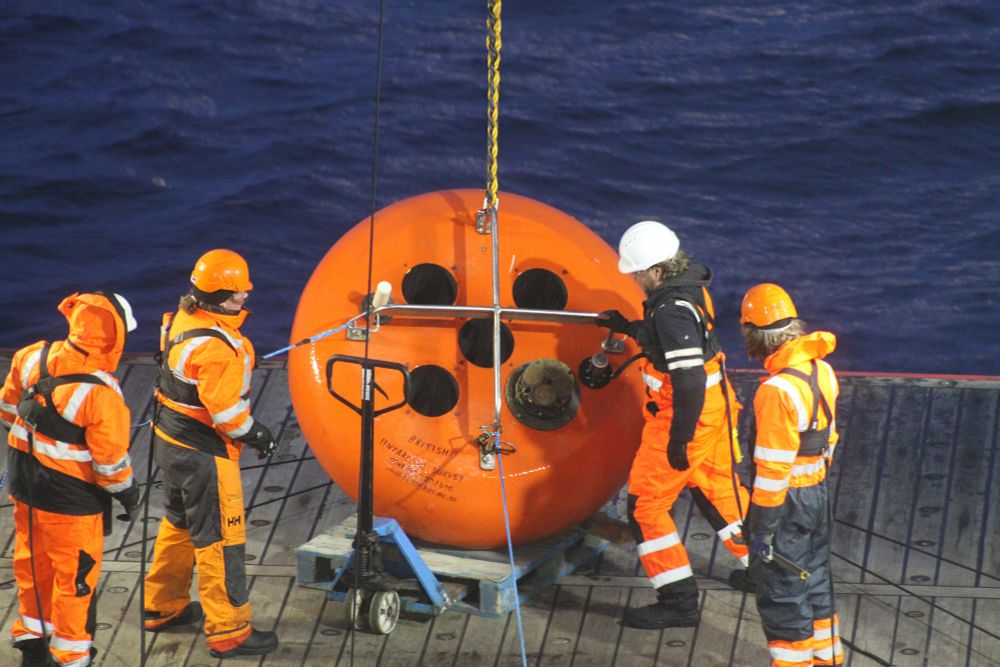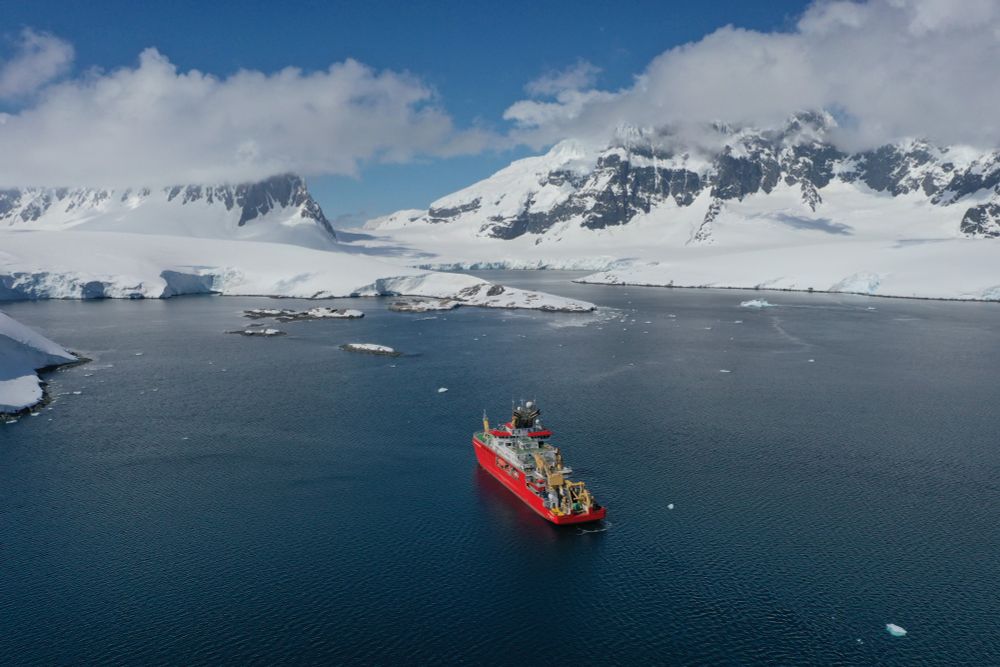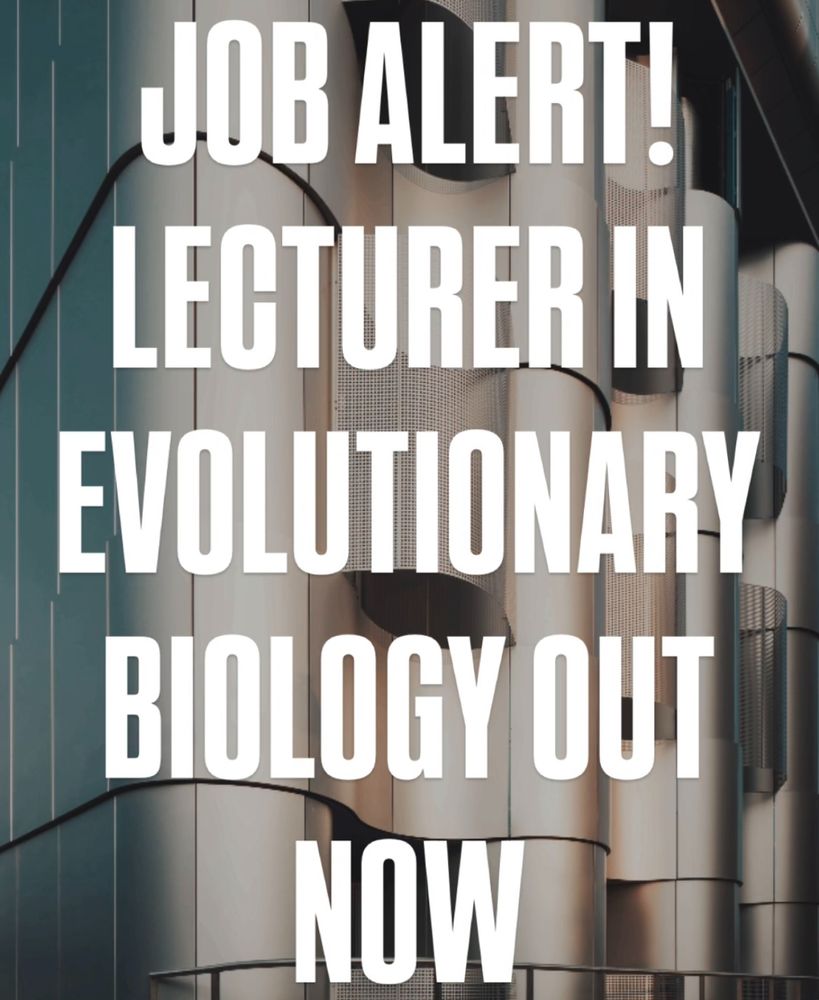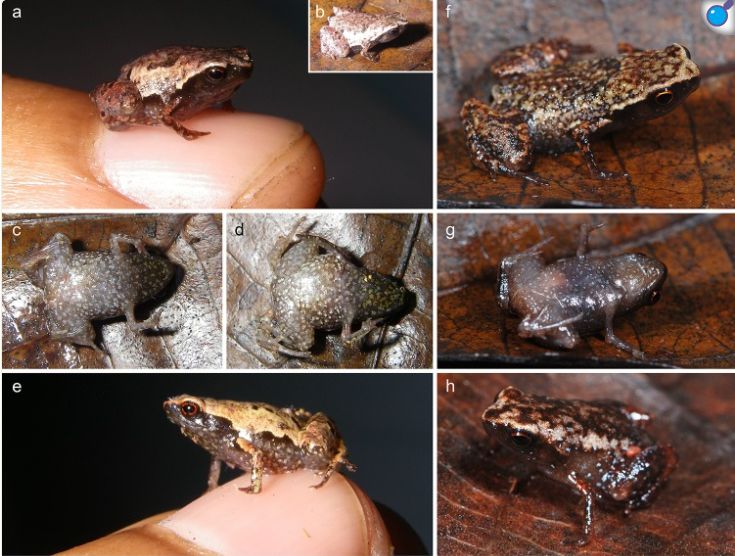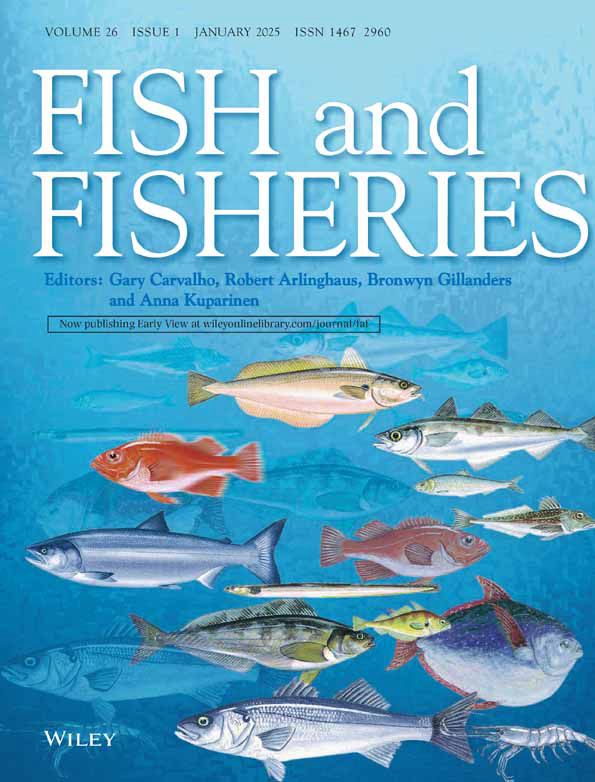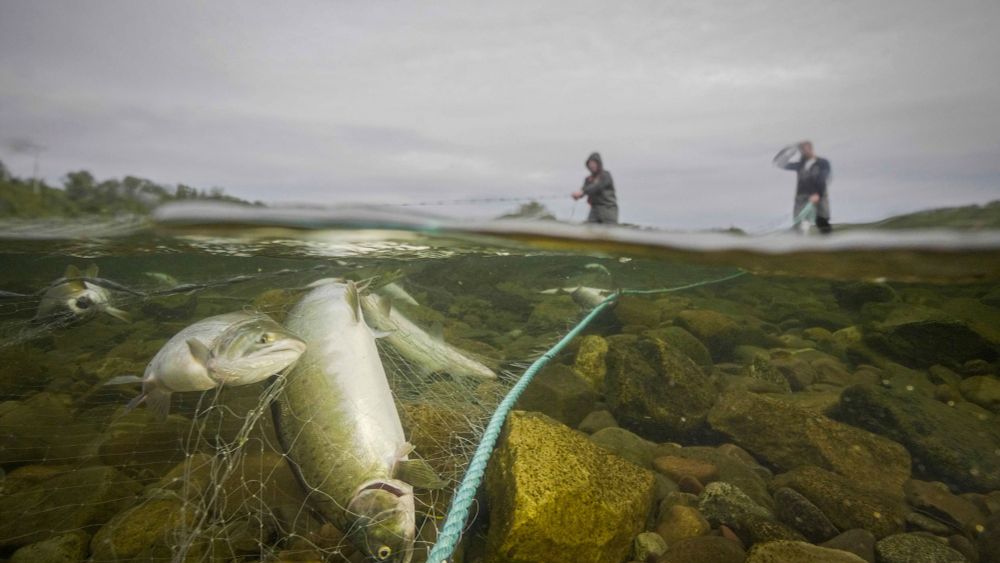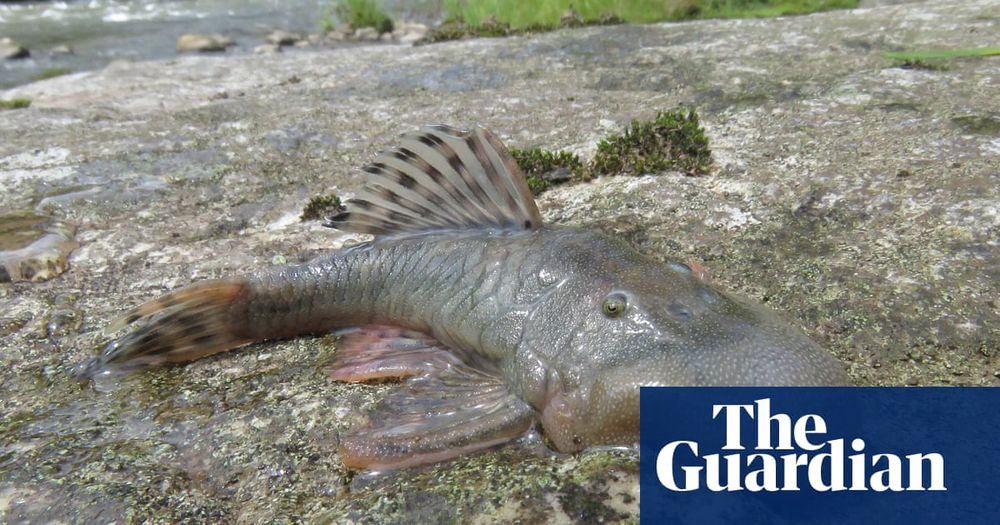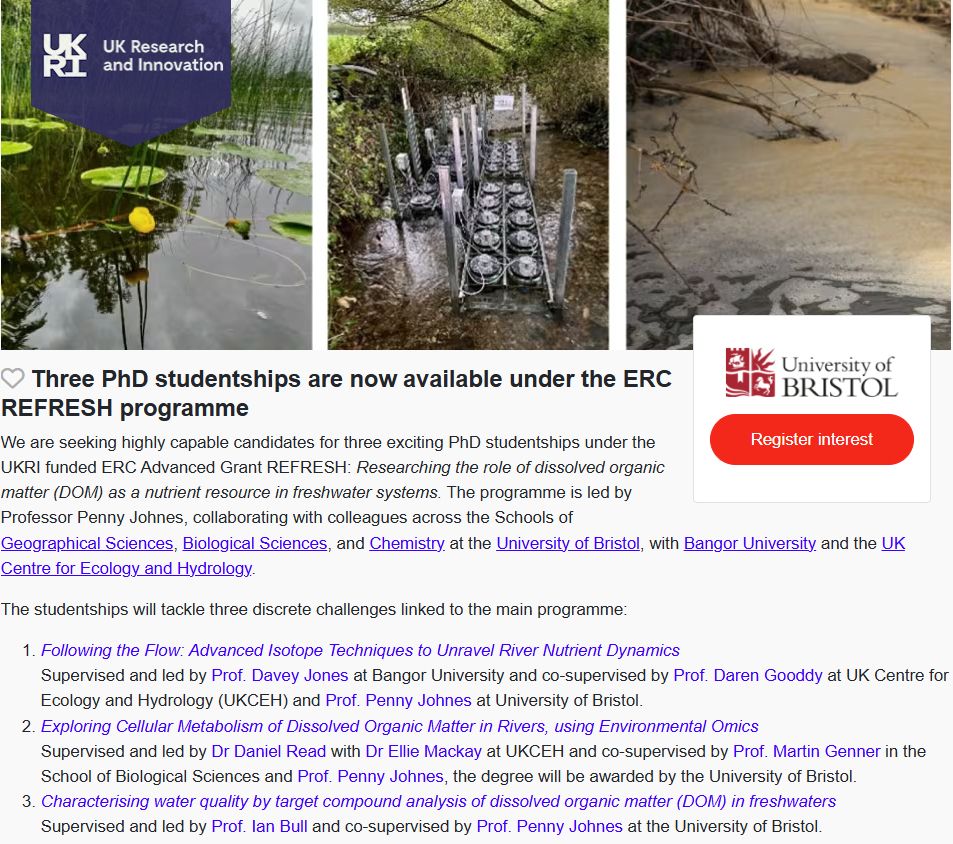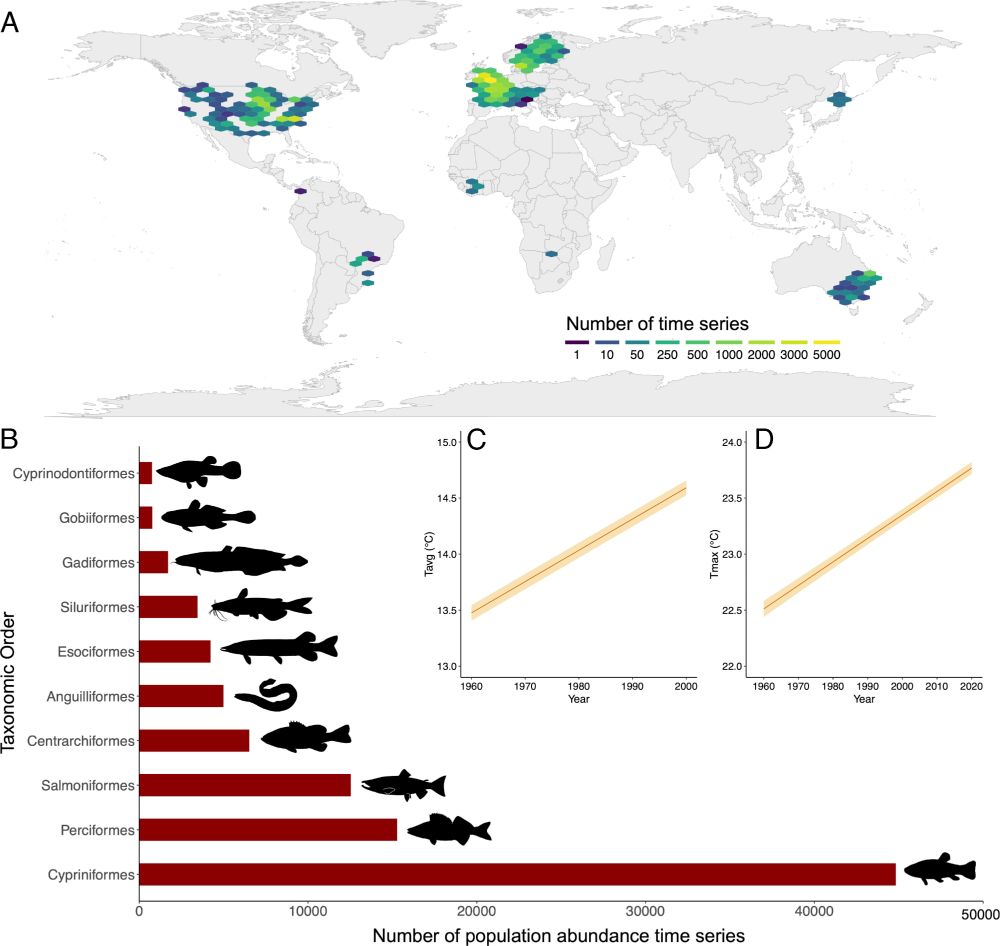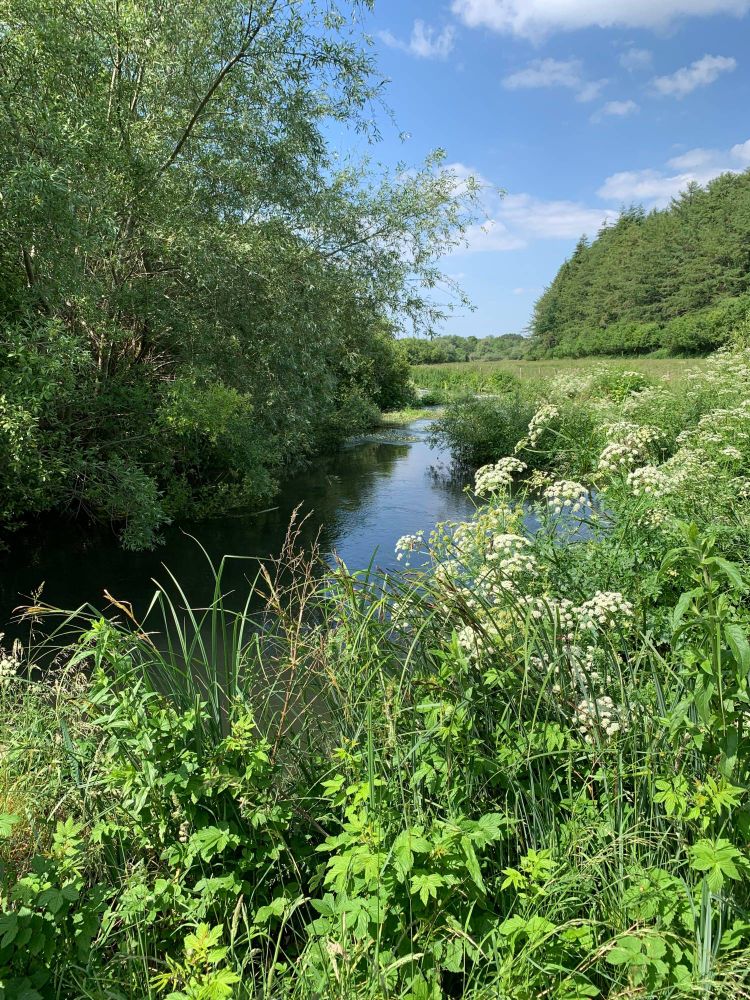Martin Genner
@mgenner.bsky.social
1K followers
490 following
7 posts
Ecology and evolutionary biology, mainly fishes, climate change, conservation
Posts
Media
Videos
Starter Packs
Martin Genner
@mgenner.bsky.social
· Jul 25
Martin Genner
@mgenner.bsky.social
· Jun 6
Reposted by Martin Genner
Reposted by Martin Genner
Pablo Gómez Barreiro
@pagomba.bsky.social
· Feb 19
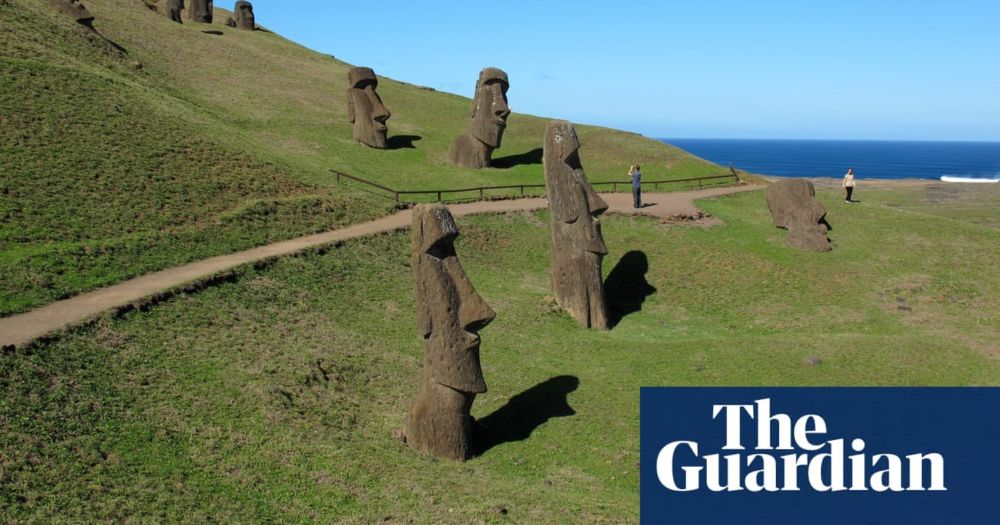
‘The last plant left’: can Rapa Nui’s extinct tree be resurrected?
Seeds from the last toromiro, unique to remote Easter Island, were taken away in the 1960s. Now, after a crucial discovery gave hope for its survival, it is making a return
www.theguardian.com
Reposted by Martin Genner
Reposted by Martin Genner
Reposted by Martin Genner
Reposted by Martin Genner
Reposted by Martin Genner
Margot Finn
@eicathomefinn.bsky.social
· Jan 30
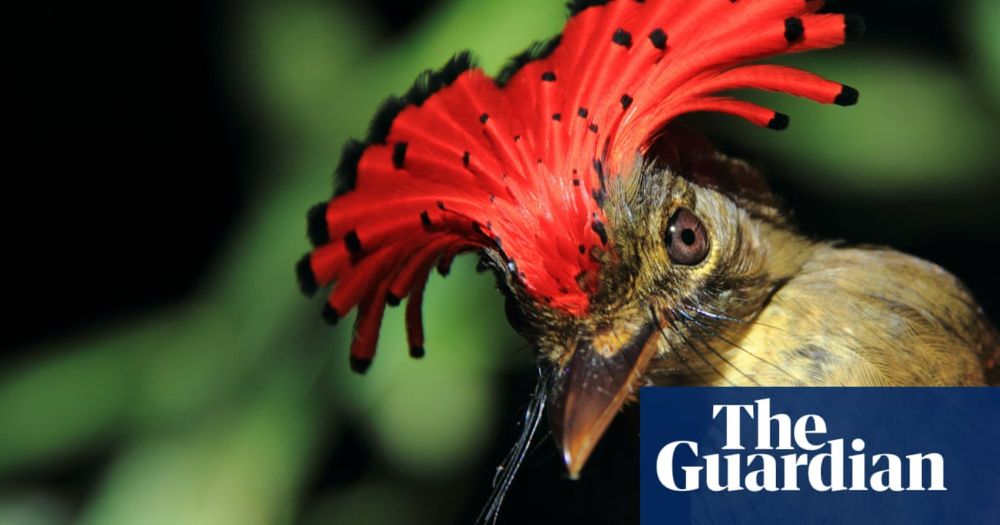
In the most untouched, pristine parts of the Amazon, birds are dying. Scientists may finally know why
Populations have been falling for decades, even in tracts of forest undamaged by humans. Experts have spent two decades trying to understand what is going on
www.theguardian.com
Reposted by Martin Genner
Reposted by Martin Genner
Tess McClure
@tessairini.bsky.social
· Jan 23
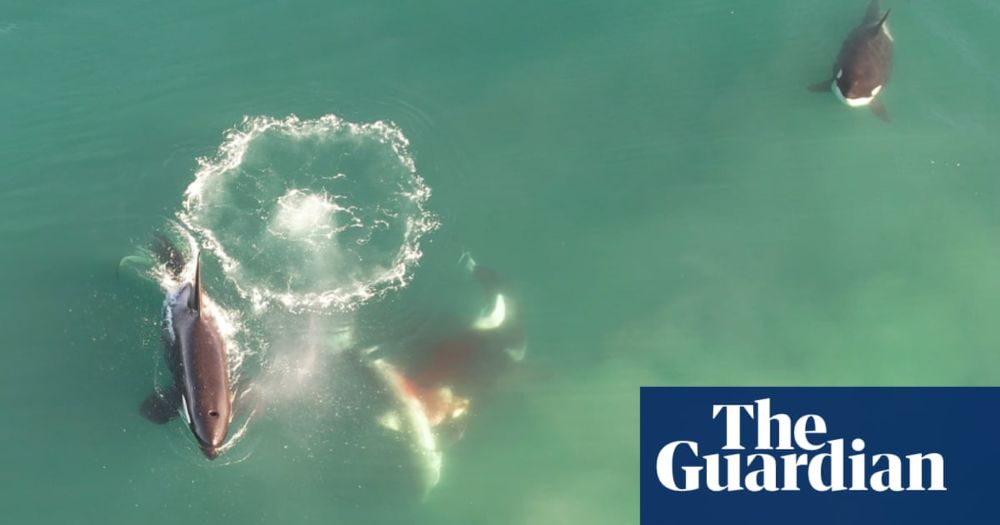
‘Awe-inspiring and harrowing’: how two orcas with a taste for liver decimated the great white shark capital of the world
A decade ago, up to 1,000 of the apex predators lived in one South African bay. Now they have gone, fleeing from killer whales. But the gap they have left creates problems for other species
www.theguardian.com
Reposted by Martin Genner
Reposted by Martin Genner
